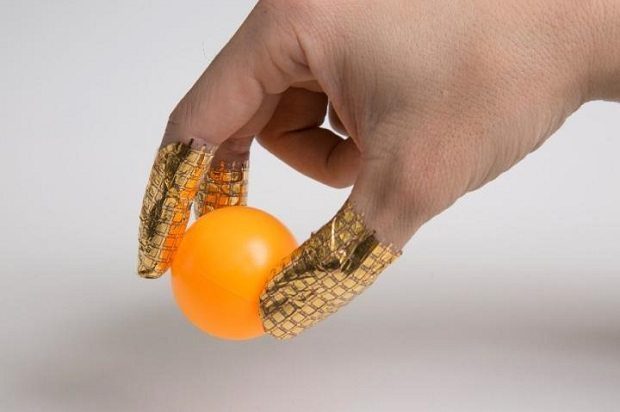[dropcap style=”font-size:100px; color:#992211;”]S[/dropcap]ome like it hot: The role of heat in sea lampreys’ sex lives… cold lovers with hot hot mouths.
Ouch. Yuck. and Ewww. Let me introduce the Lamprey, favourite food of the upper classes during times of famine and fast…
Hot Enough? Attracting mates with heat organ
 ‘Is it hot in here or is it just you?’ Clichéd chat-up lines may serve some humans well, but other animals prefer more imaginative ways to captivate and attract potential suitors. Take, for example, the male sea lamprey, which will coax ovulating females into its nest by releasing enticing pheromones. Once comfortably in the nest, the male will then perform an interesting dance routine, rubbing the female’s belly with a small bump of tissue on his back. Should the female be happy with what she sees and feels, the two will then spawn their gametes simultaneously.
‘Is it hot in here or is it just you?’ Clichéd chat-up lines may serve some humans well, but other animals prefer more imaginative ways to captivate and attract potential suitors. Take, for example, the male sea lamprey, which will coax ovulating females into its nest by releasing enticing pheromones. Once comfortably in the nest, the male will then perform an interesting dance routine, rubbing the female’s belly with a small bump of tissue on his back. Should the female be happy with what she sees and feels, the two will then spawn their gametes simultaneously.
This unusual courtship routine is well characterised but no one is quite sure what role this bump, called rope tissue, plays in the proceedings. ‘We thought it’s just a structure that was used for some kind of mechanical stimulation that they needed to trigger the female to lay eggs’, says Yu-Wen Chung-Davidson, from Michigan State University, USA, who has been studying lampreys for 10 years. However, she wasn’t sure if this was the case, and so Chung-Davidson and her colleagues decided to investigate. They publish their findings in The Journal of Experimental Biology that rope tissue is a heat-generating secondary sexual trait — the first of its kind ever identified
To begin her investigation, Chung-Davidson simply looked at the rope tissue under the microscope, and what she saw surprised her: ‘It looked opaque, and it looked like fat to me.’ Explaining her next step, she says, ‘I happened to have tissues from various life stages of these lampreys and so I compared them and it’s very interesting. When they are in the immature state, the male and females look more or less the same. But when I looked in the mature males and females, they were very different. So there’s very obvious sexual dimorphism in their morphology and this part of their body.’
When Chung-Davidson delved deeper, looking at the slides of the rope tissue under a transmission electron microscope, she was again surprised. The cells weren’t just normal white fat cells. She explains that white fats cells have a characteristic giant oil droplet whereas these cells clearly had several smaller droplets and were packed full of mitochondria (powerhouse organelles that produce energy). In fact, these fats cells looked remarkably similar to another, rare type of fat – brown fat cells. To further characterise this fat, Chung-Davidson and her colleagues analysed what types of fatty acids and proteins were present in the cells. While the fatty acid profile looked remarkably similar to that of mammalian brown fat cells, the pattern of proteins varied a little.
All in all, however, the fat looked very similar to brown fat but it remained to be seen whether it had brown fat’s defining trait – the ability to produce heat. Chung-Davidson explains that this type of fat is usually found in mammals that need to maintain their own body temperature (unlike lampreys, whose body temperature varies with the environment). First the team looked for UCP-1, a protein that allows mitochondria to use fat to generate heat instead of energy – they found that lampreys didn’t express it but they did express UCP-2, a related protein.
To directly test the thermogenic abilities of the rope tissue, Chung-Davidson implanted tiny probes into the rope tissue and some muscle tissue of sexually mature male lampreys. The team found that the rope temperature immediately rose by up to 0.3°C when male lampreys encountered a female, with some getting hotter than others when encountering certain females. Whether they get hotter when more attracted and indeed what the role of this hot tissue is remain unknown– regardless, perhaps lampreys could use the altered chat-up line: ‘Is it hot in here or is it just me?’
Source: The Company of Biologists
Image courtesy of Photostock / FreeDigitalPhotos.net

Some of the news that we find inspiring, diverting, wrong or so very right.




















